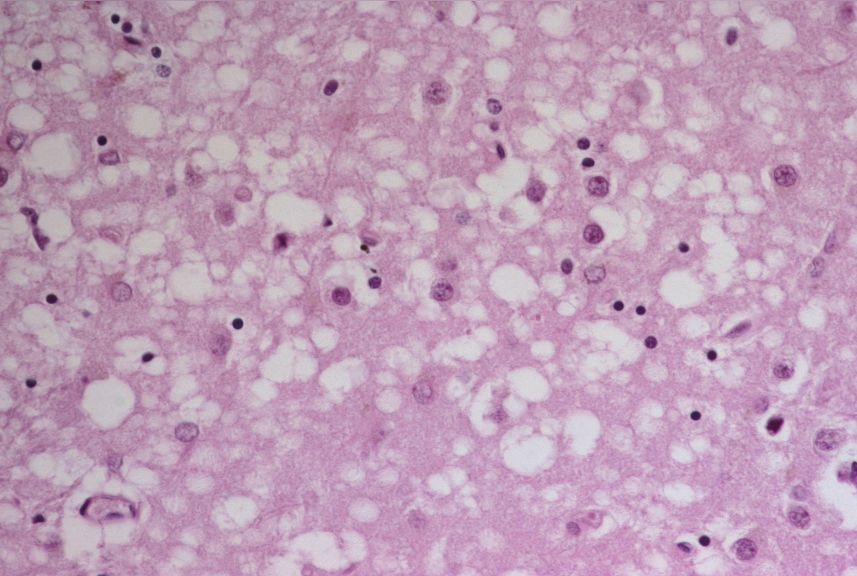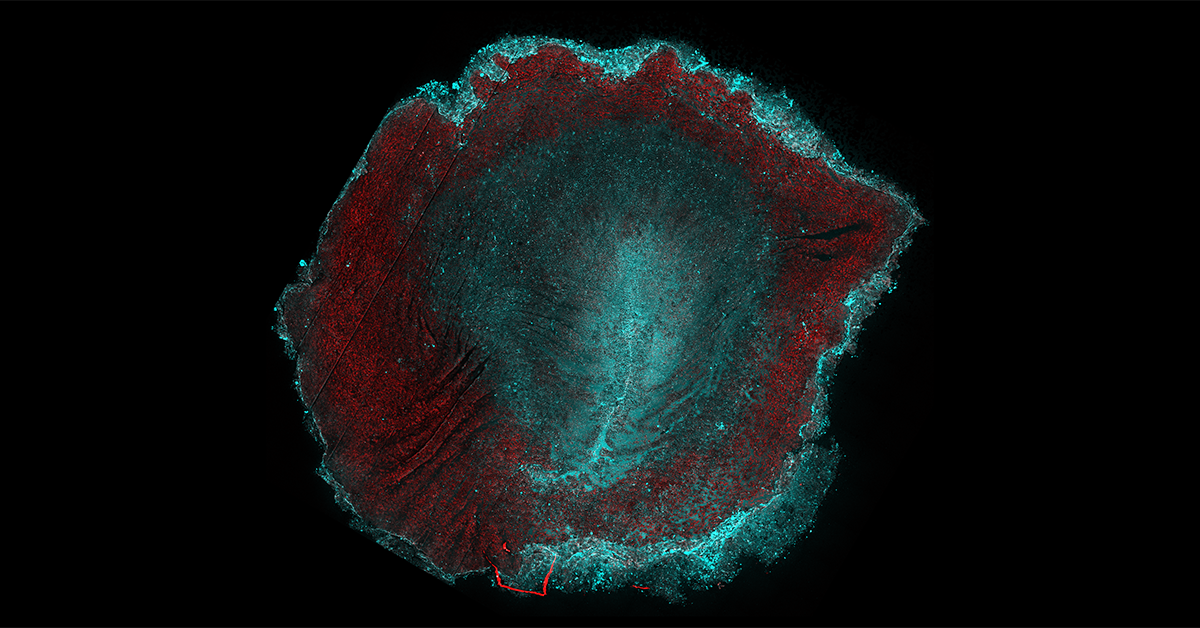2025-06-05 イェール大学
<関連情報>
- https://news.yale.edu/2025/06/05/can-ai-make-emergency-department-safer-patients-and-providers
- https://jamanetwork.com/journals/jamanetworkopen/fullarticle/2833618
人工知能による救急部での興奮イベントの予測 Predicting Agitation Events in the Emergency Department Through Artificial Intelligence
Ambrose H. Wong, MD, MSEd, MHS; Atharva V. Sapre, MS; Kaicheng Wang, MPH, MD; et al
JAMA Network Open Published:May 7, 2025
DOI:10.1001/jamanetworkopen.2025.8927

Key Points
Question Can artificial intelligence be used to accurately predict agitation events in emergency departments (EDs) prior to their development?
Findings In this cohort study of 3 048 780 ED visits, an agitation event prediction model including a comprehensive set of predictors was developed that had high accuracy and applicability across diverse patient populations.
Meaning Knowing key factors associated with agitation may help clinicians in the ED more accurately predict and apply specific deescalation and patient-centered strategies prior to an agitation event.
Abstract
Importance Agitation events are increasing in emergency departments (EDs), exacerbating safety risks for patients and clinicians. A wide range of clinical etiologies and behavioral patterns in the emergency setting make agitation prediction difficult in this setting.
Objective To develop, train, and validate an agitation-specific prediction model based on a large, diverse set of past ED visit data.
Design, Setting, and Participants This cohort study included electronic health record data collected from 9 ED sites within a large, urban health system in the Northeast US. All ED visits featuring patients aged 18 years or older from January 1, 2015, to December 31, 2022, were included in the analysis and modeling. Data analysis occurred between May 2023 and September 2024.
Exposures Variables that served as potential exposures of interest, encompassing demographic information, patient history, initial vital signs, visit information, mode of arrival, and health services utilization.
Main Outcomes and Measures The primary outcome of agitation was defined as the presence of an intramuscular chemical sedation and/or violent physical restraint order during an ED visit. A clinical model was developed to identify risk factors that predict agitation development during an ED visit prior to symptom onset. Model performance was measured using area under the receiver operating characteristic curve (AUROC) and area under the precision recall curve (PR-AUC).
Results The final cohort comprised 3 048 780 visits. The cohort had a mean (SD) age of 50.2 (20.4) years, with 54.7% visits among female patients. The final artificial intelligence model used 50 predictors for the primary outcome of predicting agitation events. The model achieved an AUROC of 0.94 (95% CI, 0.93-0.94) and a PR-AUC of 0.41 (95% CI, 0.40-0.42) in cross-validation, indicating good discriminative ability. Calibration of the model was evaluated and demonstrated robustness across the range of predicted probabilities. The top predictors in the final model included factors such as number of past ED visits, initial vital signs, medical history, chief concern, and number of previous sedation and restraint events.
Conclusions and Relevance Using a cross-sectional cohort of ED visits across 9 hospitals, the prediction model included factors for detecting risk of agitation that demonstrated high accuracy and applicability across diverse patient populations. These results suggest that clinical application of the model may enhance patient-centered care through preemptive deescalation and prevention of agitation.


